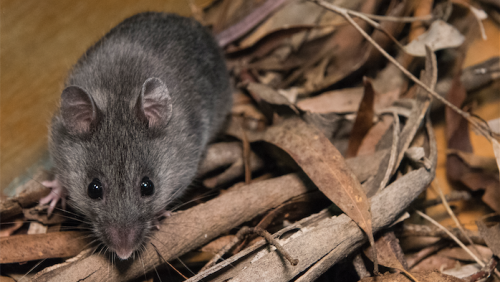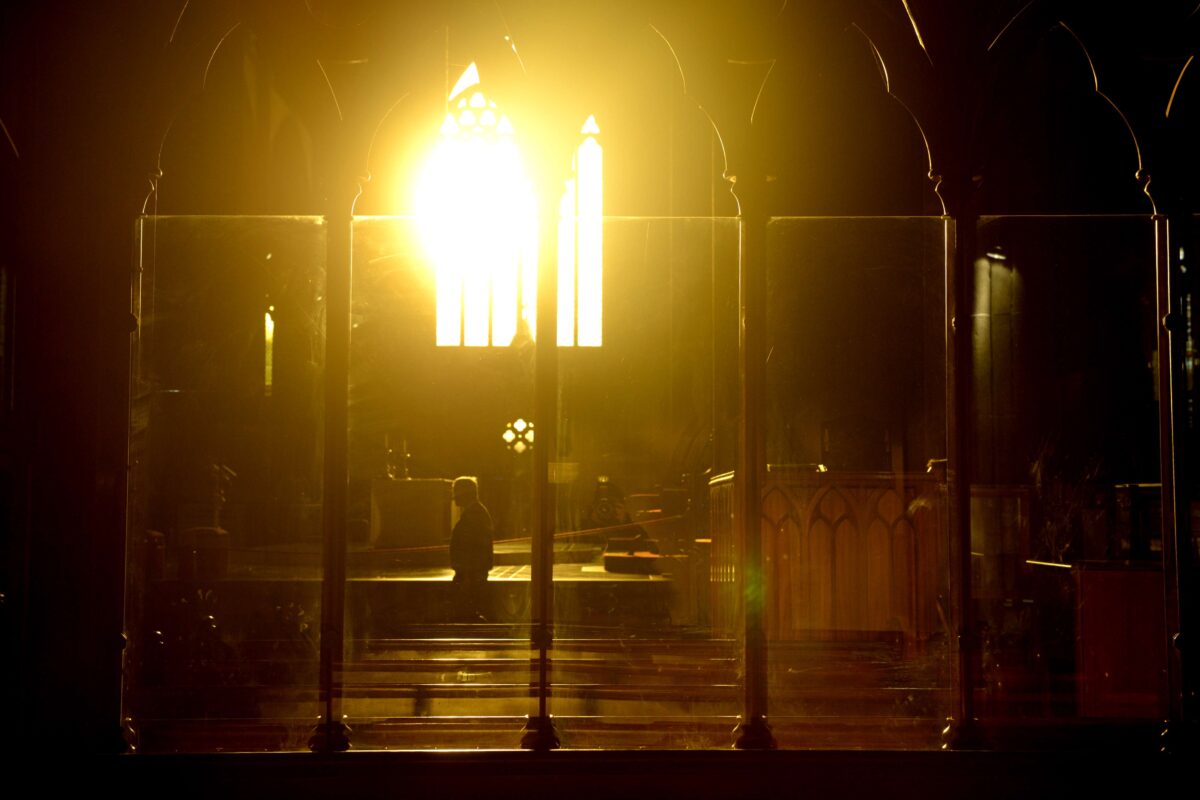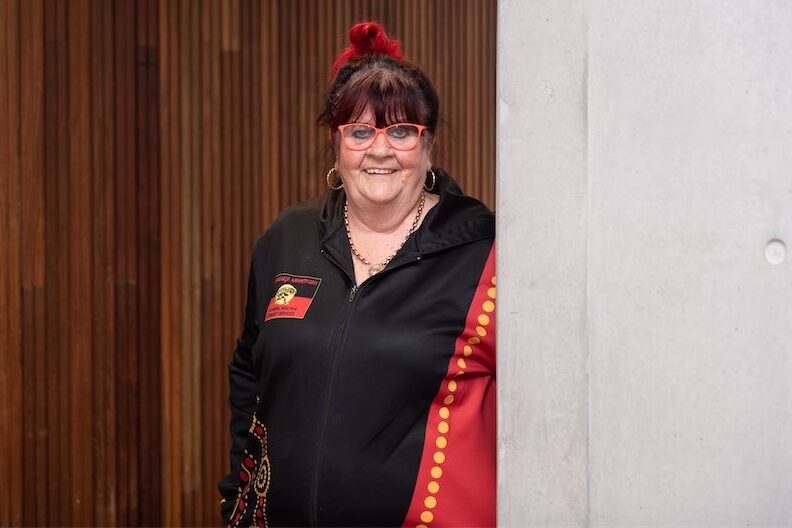
THREATENED-species researchers have had success using old-fashioned romance techniques – flowers and food – to help save a critically endangered species, the smoky mouse.
Six new litters of baby mice have been born at Australia’s only smoky mouse captive breeding facility, just outside Queanbeyan.
“Population numbers in the wild have dropped to critically low levels for this native mouse and there are now only two sites in NSW where smoky mice are known to occur – the Nullica area on the far south coast where fewer than 200 individuals remain, and Kosciuszko National Park,” said Dr Linda Broome, threatened species officer at the Office of Environment and Heritage.
The captive breeding program, which started in July last year, is designed to increase population numbers by breeding the smoky mouse in specially designed enclosures.
“Flowers, food and emulating the smoky mouse’s natural conditions in the wild are key in helping to encourage breeding in the enclosures,” said Dr Broome.
“We all know that food can be the gateway to someone’s heart and it certainly plays an important role for the smoky mouse.
“The captive breeding facility places the male mouse in one enclosure, and the female in another. The two enclosures are then connected to a third enclosure which is the mutual meeting area.
“Native flowers are put in the enclosures to encourage breeding and we also vary their diet of seeds and fruits to find out the ideal breeding weight. If the female mice are too heavy, they won’t breed. The mice are weighed every day during the breeding season to make sure they are at the ideal weight.
“We started the program with six adult smoky mice and are excited by the six litters that have been produced – with hopefully more to come,” said Dr Broome.
Smoky mouse facts
- The smoky mouse is part of a sub-group of native mice known as the Velvet Mice or Beautiful Furred Mice group – only four species are part of this group (the silky mouse, ash grey mouse, blue grey mouse and smoky mouse).
- The smoky mouse only weighs between 40-60 grams.
- In the wild these native mice breed once or twice a year – unlike house mice which have very quick and frequent breeding cycles.
- Smoky mice have four nipples therefore a maximum of four young in a litter, this differs to rats, which have 8-12 nipples and produce larger litters.
- The smoky mouse is gentle and naïve; they show very little predator avoidance behaviour, which means they are highly vulnerable to feral cats.
- Future plans for the smoky mouse captive breeding program are to re-introduce this unique little mouse to select NSW sites to boost their chances of survival in the wild.
Who can be trusted?
In a world of spin and confusion, there’s never been a more important time to support independent journalism in Canberra.
If you trust our work online and want to enforce the power of independent voices, I invite you to make a small contribution.
Every dollar of support is invested back into our journalism to help keep citynews.com.au strong and free.
Thank you,
Ian Meikle, editor




Leave a Reply